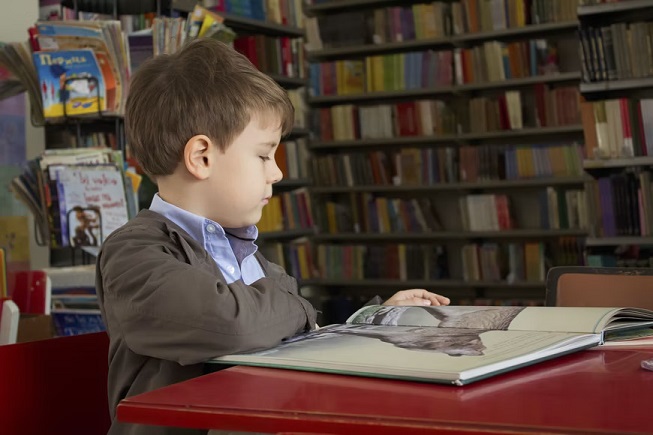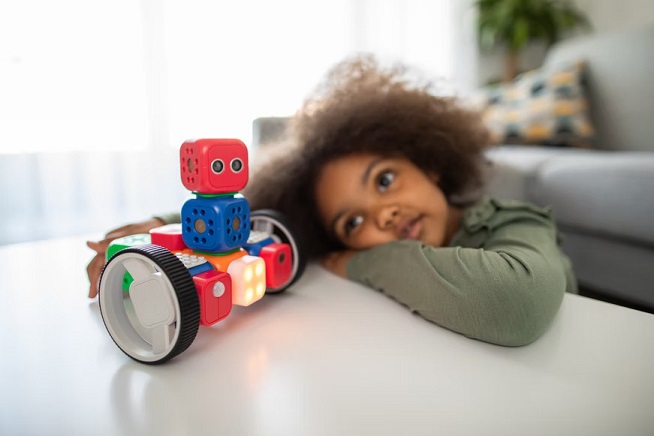
The English language is used worldwide for different reasons. It is full of linguistic inconsistencies due to which it seems harder to those with dyslexia. The language includes the use of 26 letters in the alphabet that create 44 sounds. The value of learning for students with dyslexia is immense, as it empowers them to overcome their challenges and achieve their full potential. Several different ways are used to pronounce the letters and make up the difference. The combination of letters to create new sounds and their pronunciation usually seems to be easy to many. But is a complicated process for those with dyslexia.
Dyslexia is a learning disability that includes difficulties with fluent and/or accurate word recognition. Students with dyslexia have poor spelling abilities. One of the major challenges that dyslexic people face is decoding. With the high popularity of dyslexia, the toolkit of effective strategies that can be used for improving the reading and writing skills of dyslexic students is also increasing.
From hiring professionals like Orton Gillingham tutor to creating the right learning environment, parents of dyslexic students try everything possible to improve their kids reading and writing skills. Some effective writing and reading strategies that help students with dyslexia are mentioned below.
Patience And Understanding
One of the best stages to deal with dyslexic students is patience and understanding. Patience and understanding lay an effective role in helping dyslexic students improve their writing and reading. Science lab experiments can be made accessible to students with dyslexia by providing clear instructions, visual aids, and opportunities for hands-on learning. The parents and teachers of dyslexic students have to work patiently and understand the condition of such students. This helps them learn more about dyslexia and take corrective steps to help students with dyslexia.
Prefer Oral Learning
Many students with dyslexia avoid writing. Due to their poor writing skills, such students hate writing and when they are forced to write words or sentences, they do not just feel irritated but also write wrong spellings. An effective writing & reading strategy for such students is to prefer oral learning. When such students are given the opportunity to answer questions orally they understand the material and get the confidence to improve their learning. This also helps to improve their self-esteem, which further helps in treating dyslexia.
Educational Games

It is well known to all of us that including enjoyable activities in the learning process is an effective way to make learning easier. Similarly, the use of educational games helps dyslexic students improve their skills. Students with dyslexia not just have poor reading and writing skills but also have less confidence to show their skills than those students that are normal. The use of educational games helps to create a learning environment that is enjoyable as well as effective.
Considering what dyslexic students love to do and adding that into writing lessons helps to improve their skills. The use of sentence-building games and learning tools and toys such as colorful alphabets, logos, etc. help them learn the difference between different words, alphabets, and their pronunciation.
Keep Work Area Clean
Many times dyslexic students fail to learn what you are teaching because of the distraction. Such students easily get distracted and have less interest in learning. But keeping the learning area clean help you provide them with the right environment so they can stay focused and learn fast. You can also help them keep their desks and tables uncluttered by putting away the materials not required for them actively.
Leave Blank Space
Dyslexic students have poor pronunciation and word learning power because do not understand the difference between the alphabet. The issues with their brain prevent them from learning each alphabet properly and pronouncing it perfectly. but while teaching them the use of blank space helps them catch each word and alphabet differently. Study improvement for students with dyslexia can be achieved through multisensory learning strategies and personalized accommodations. When teachers leave plenty of blank space between lines as well as words when writing on the sheets or blackboard it becomes easy for dyslexic students to copy and learn them correctly.
Extra Support
Students with dyslexia need extra care and support. to help such students, teachers can also provide them with the class syllabuses in advance. As such students perform slowly and take more time to complete and read assignments, so providing them with the syllabus a little advance helps them start the preparation early. This help the students to be prepared and work ahead to absorb the ongoing work volume.
Training From An Orton Gillingham Specialist
Providing Orton Gillingham training to dyslexic students is a perfect way to improve their reading and writing skills. Orton-Gillingham Tutors use the Orton-Gillingham approach throughout their training program to help dyslexic students learn better. You just need to make sure that the tutor you will hire for the Orton-Gillingham training has good experience in it and is offering the training for several years.
Final Thoughts
Hiring a tutor for the Orton-Gillingham approach is easy. But the results of the training turn out to be effective only when it is provided by a professional. professional tutors have an in-depth understanding of Dyslexia. They know how to utilize every cognitive learning modality during the training. Such experts see each student as an individual due to which dyslexic students get good attention and time for better learning. Their experience helps them break down reading into smaller skills and implement a multisensory approach to reading.
